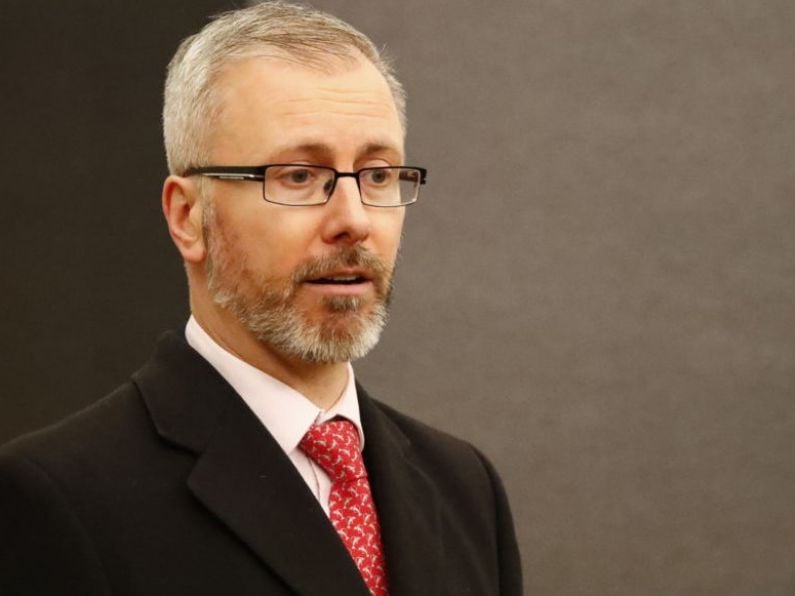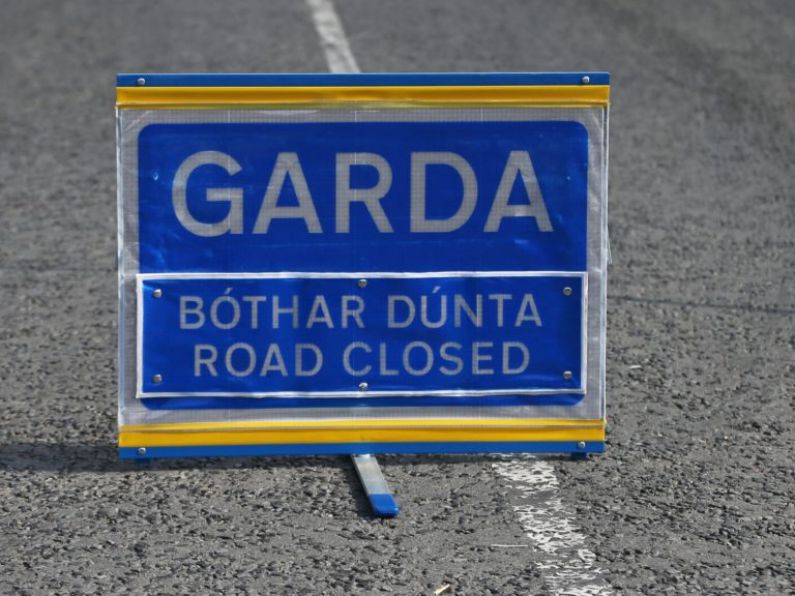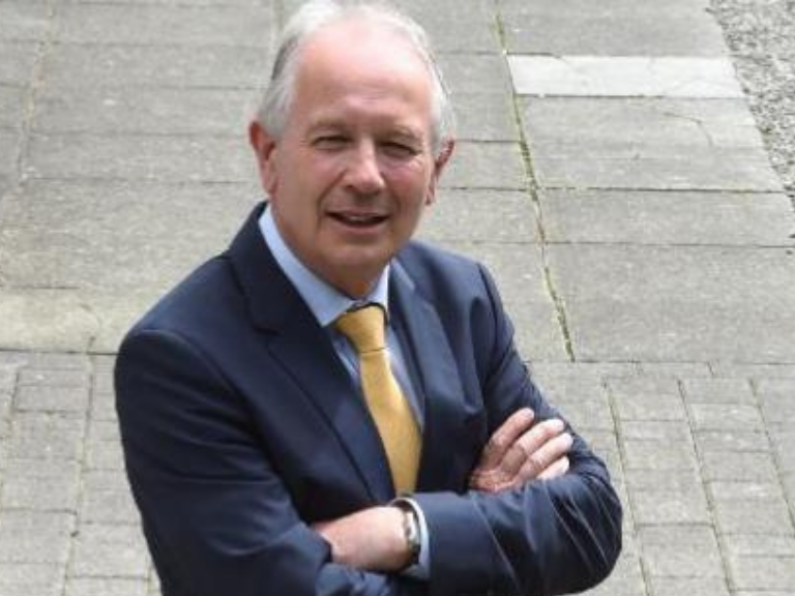By Niall Murray
Maps based on painstaking analysis of medieval papal taxes have helped create a clearer picture of population and wealth in Ireland 700 years ago.
Trinity College Dublin researcher Christopher Chevallier’s work included a visit to the Vatican Secret Archives, as he sought out information on parishes and their income in the early 14th century.
This was in the decades after the English crown began settling Ireland as a colony.
During the same period, ever since the Crusades, local priests and bishops were required to submit a portion of their income to the Pope. That income depended in turn on local prosperity, making records of these returns a valuable source of information on Irish wealth.
While transcripts of records from the early 1300s may be found online, Christopher’s research also required several visits to archives in Armagh, Paris and the UK’s National Archives to see original documents and establish important context.
Among the key findings of his work — part of his studies for a geography PhD at TCD — are data that show Gaelic Irish parishes were not uniformly impoverished after the 1315-1318 invasion of Ireland by Edward Bruce of Scotland.

“Areas such as Thomond, which was ruled by the powerful Ó Briain dynasty, showed very high levels of wealth, suggesting a more complex Gaelic economy than often believed,” Mr Chevallier said.
“Nevertheless, even after the devastation of the Bruce invasion and the Great European Famine of 1315-1317, colonial areas were still generally outperforming independent Gaelic areas,” he said.
The population trends revealed from his research highlight how colonial settlers located in areas with the best agricultural land, from Dublin down through Carlow and Kilkenny, and into areas that form part of Munster’s Golden Vale.
The devastating impact of the Bruce invasion is also indicated in preliminary analysis that shows average depreciations of 68% in parish valuations in the diocese of Dublin as nearly half of parishes were too damaged to be revalued.
However, Ossory was not far behind, depreciated by 47%, followed by Cork (30%) and Emly (24%), while valuations fell by 10% in the diocese of Ross.
He may not get to see Pope Francis during his visit here next month as he works on completing his PhD, but Christopher is grateful for access to the pontifff’s highly-restricted archive which features in the Dan Brown book and movie Angels and Demons.
He spent six months figuring out parish names and finding their co-ordinates, a difficult task given the old Irish involved and that placenames were recorded by English speakers.
This feat was all the more impressive given that Christopher is a native of New York, although he has some Irish roots through a great-grandmother who lived in Cork City in the early 20th century.






